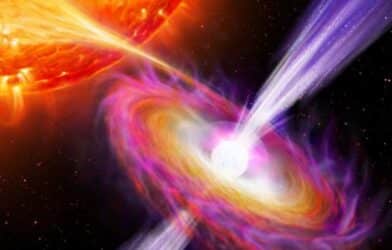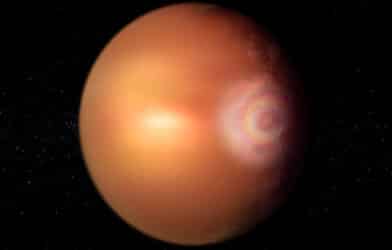The search for habitable planets reveals more “Super-Earths” for humanity. Dr. Laetitia Delrez of the University of Liège in Belgium suggests there may be two Super-Earth planets sitting a mere 100 light years away. The team used their ground-based telescope, SPECULOOS, to make the discovery.
Just this September Dr. Delrez found that LP-890-9 had two possible Super-Earth planets known as TOI-4306. LP-890-9 is the second coolest star we’ve discovered after the famous TRAPPIST-1 revelation.
A first planet orbiting LP-890-9 called LP-890-9b (or TOI-4306), the innermost planet orbiting the sun was originally identified by the Transiting Exoplanet Survey Satellite, or TESS, in its search for nearby stars with orbiting systems. This planet is about 30% larger than Earth and completes its rotation around the star in a mind-bending 2.7 days. (Earth days.)
So what does SPECULOOS stand for? Search for habitable Planets EClipsing ULtra-cOOl Stars. It was used to sweep the LP-890-9 system for any planets TESS might have “missed” on its pass.
“TESS searches for exoplanets using the transit method, by monitoring the brightness of thousands of stars simultaneously, looking for slight dimmings that could be caused by planets passing in front of their stars,” explains lead author Laetitia Delrez, FNRS Postdoctoral Researcher in Astrobiology and STAR (Faculty of Sciences) research units at ULiège, in a statement. “However, a follow-up with ground-based telescopes is often necessary to confirm the planetary nature of the detected candidates and to refine the measurements of their sizes and orbital properties.”
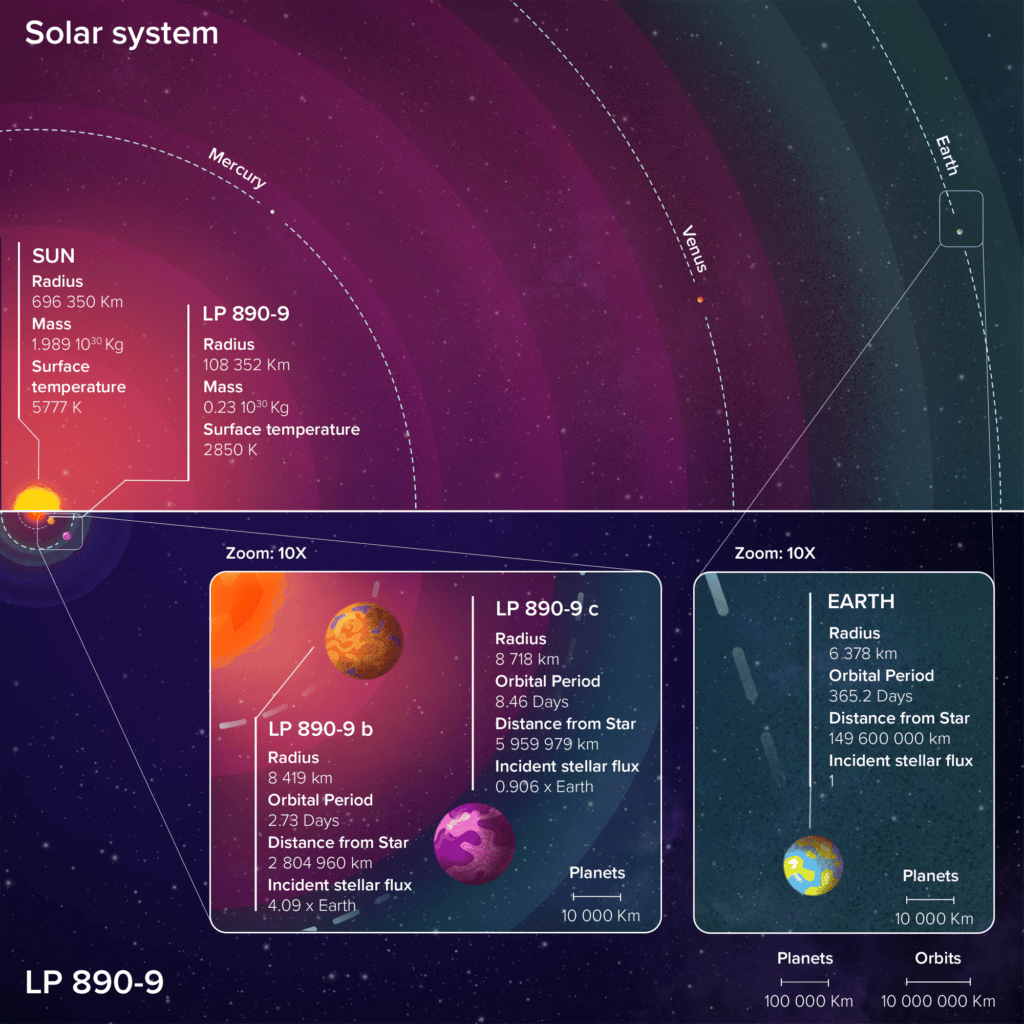
The SPECULOOS consortium includes northern hemisphere telescopes and southern hemisphere telescopes that are specially designed for this exact mission they carry out. They carry out the verification of possible interests made by TESS using highly sensitive cameras and other equipment that’s designed with mission-specific applications in mind.
Thanks to SPECULOOS and the team they have been able to confirm not just this one planet in the LP-890-9 system, but a second previously not found by TESS.
LP-890-9c (renamed SPECULOOS-2c by the research team) is found with a shy face after hiding from TESS’s pass of the system. This system makes an 8.2-day pass of its sun and is about 40% larger than Earth. The most rousing thing about these findings is that this orbital period was confirmed by Hawaii’s MuSCAT3 facility and places it in the “habitable zone.”
“Although this planet orbits very close to its star, at a distance about 10 times shorter than that of Mercury around our Sun, the amount of stellar irradiation it receives is still low, and could allow the presence of liquid water on the planet’s surface, provided it has a sufficient atmosphere,” explains Francisco J. Pozuelos, a researcher at the Institute of Astrophysics of Andalusia. “This is because the star LP 890-9 is about 6.5 times smaller than the Sun and has a surface temperature half that of our star.”
This explains why LP 890-9c, despite being much closer to its star than the Earth is to the Sun, could still have conditions that are suitable for life.
A sweet bit of news for such a savory find.
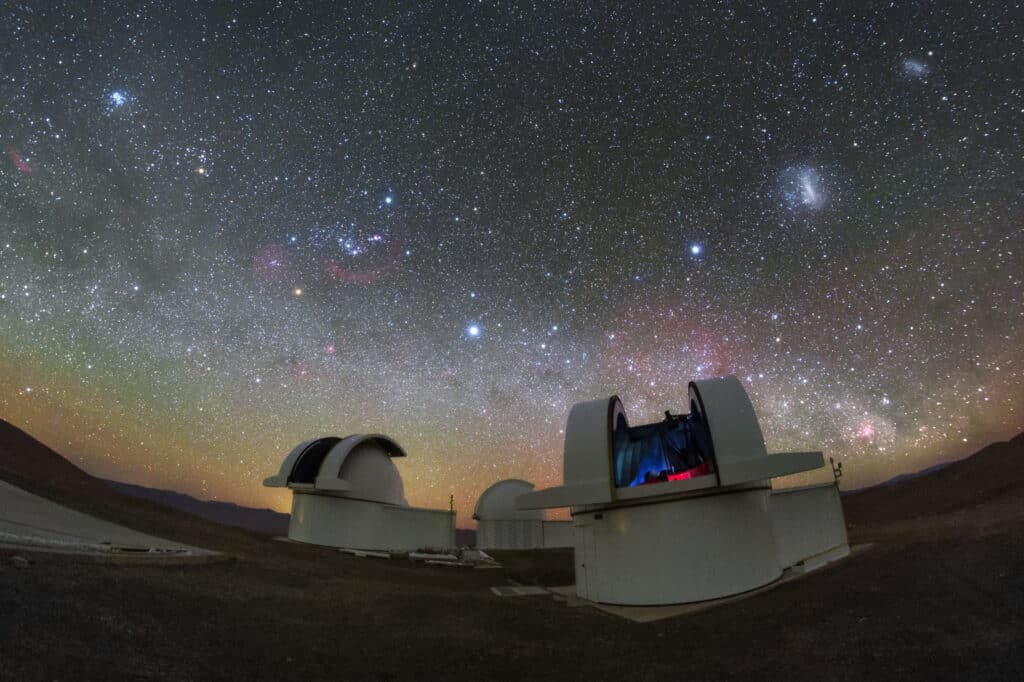





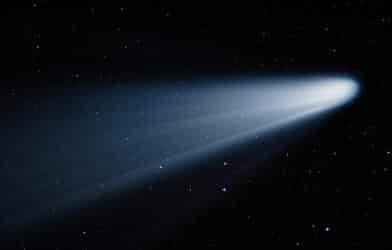

-392x250.png)
